In recent years, with the rapid development of biomechanics, sensor technology and big data analysis, the plantar pressure distribution system has gradually become an important auxiliary technology in spinal health assessment.
The system uses high-sensitivity sensors to collect real-time pressure data of each partition during static standing and dynamic walking, and then quantifies the force state of the human foot, providing objective and accurate data support for the analysis of spinal load distribution and posture balance.
As the first interface between the human body and the ground, the force state of the foot directly reflects the overall posture and biomechanical balance of the human body.
Abnormal gait, center of gravity shift, and uneven force on the left and right often indicate dysfunction or structural changes in the lower limbs and spine under long-term load.
Through the plantar pressure distribution system, doctors can understand the plantar pressure curve of patients when standing and walking in detail, so as to infer whether there is abnormal distribution of the spine when it is subjected to external force.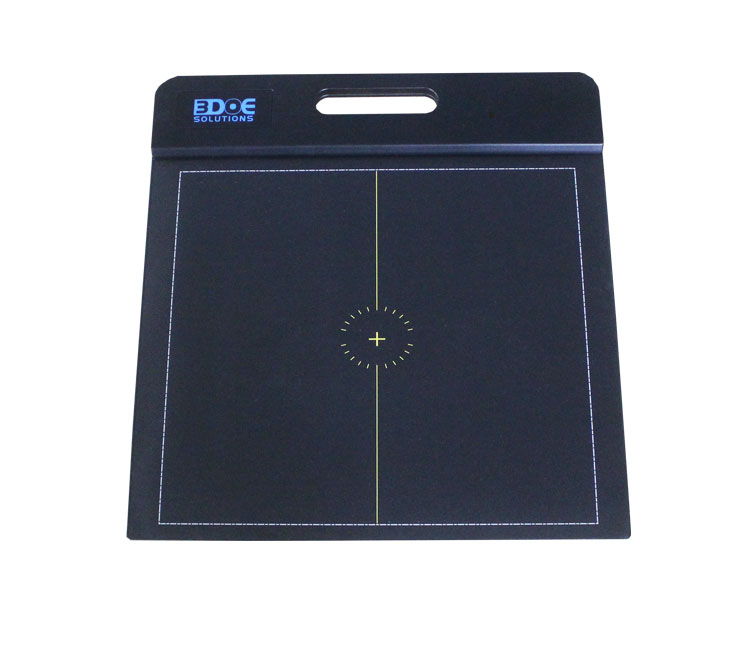
This data not only helps to detect pathological changes such as scoliosis and hunchback at an early stage, but also provides a scientific basis for the formulation of preventive measures.
In clinical practice, the plantar pressure distribution system is combined with imaging examinations, physical assessments and other diagnostic methods to build a comprehensive spinal health assessment model.
By analyzing the foot pressure distribution map, experts can determine whether the patient's center of gravity is reasonably distributed and whether there is an imbalanced gait, thereby judging whether the pressure on the spine is abnormally concentrated or offset.
Based on different abnormal manifestations, doctors can formulate personalized rehabilitation training plans and use physical therapy, orthopedic devices or other intervention measures to effectively relieve the pain and dysfunction caused by spinal imbalance.
In addition, the plantar pressure distribution system also plays an important role in spinal surgery planning and postoperative rehabilitation.
Before surgery, the detailed analysis of the patient's plantar pressure data can provide a basis for spinal correction surgery and help determine the optimal correction angle and load redistribution plan;
In the postoperative rehabilitation stage, continuous monitoring of plantar pressure changes can help evaluate the rehabilitation effect and guide patients to gradually restore normal gait, thereby promoting the reconstruction of spinal biomechanical balance and reducing the risk of recurrence.
The plantar pressure distribution system provides a new quantitative tool for spinal health assessment with its high-precision data collection and real-time feedback advantages.
By objectively recording the force state of the foot, it not only helps to detect spinal lesions and motor dysfunction at an early stage, but also lays a solid technical foundation for personalized treatment and rehabilitation management.
In the future, with the continuous optimization of sensing technology and data processing algorithms, the system will play a greater role in spinal health management and provide more scientific and accurate support for improving overall quality of life and athletic ability.

 +86-0755-86131192
+86-0755-86131192 2025-02-07
2025-02-07 Back to list
Back to list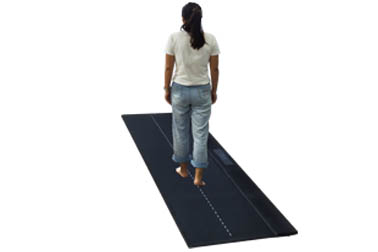
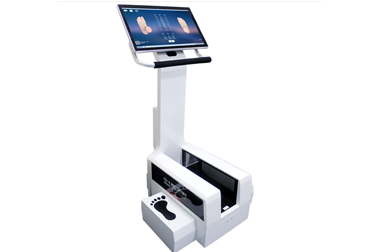
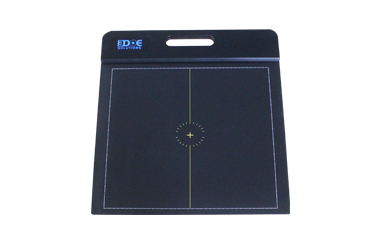
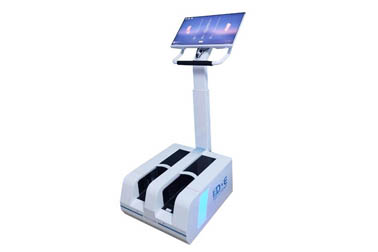
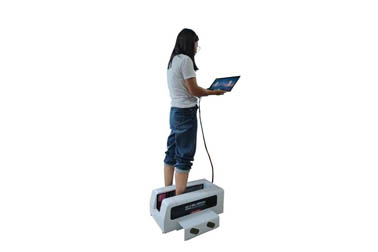



 +86-0755-86131192
+86-0755-86131192